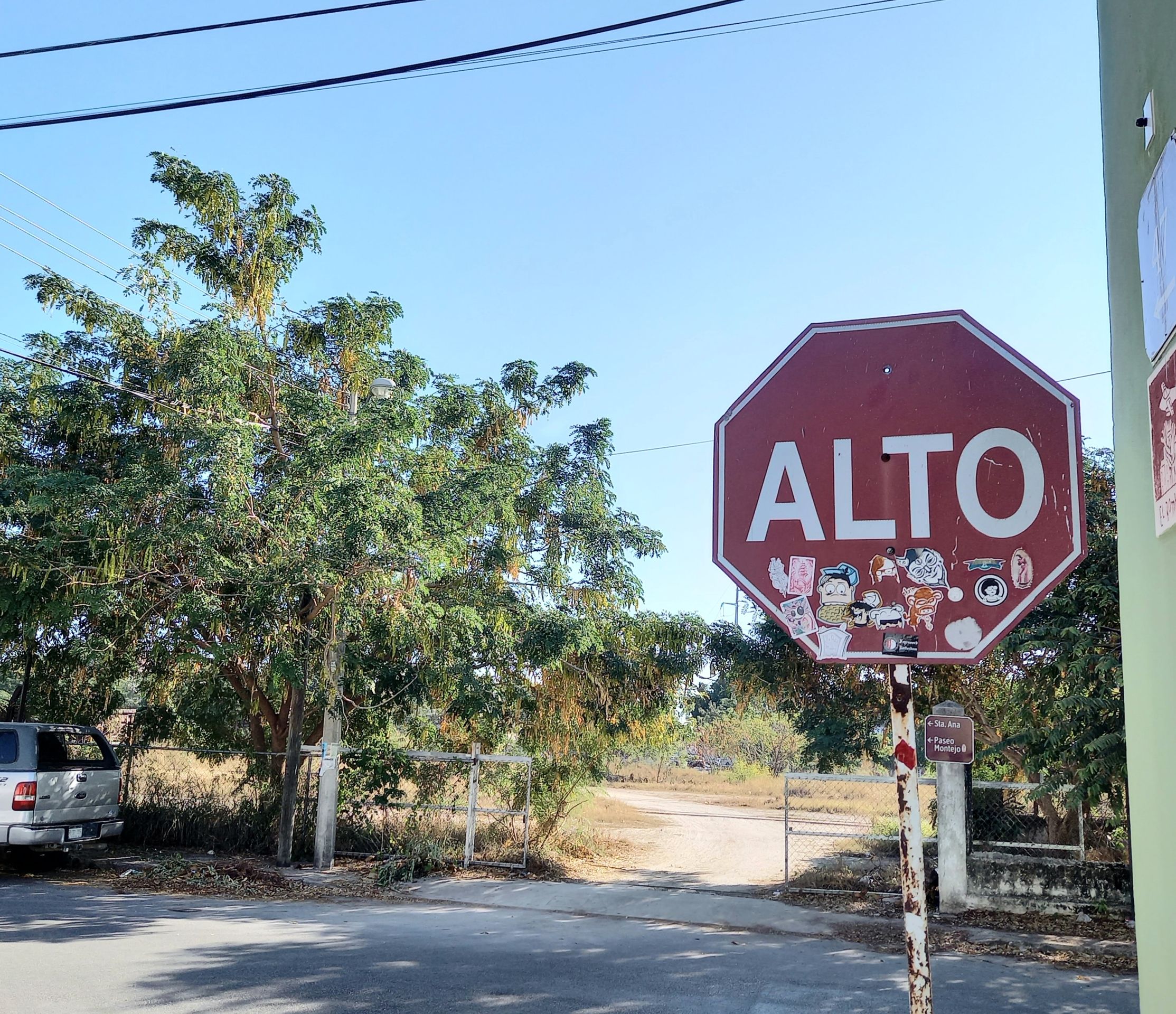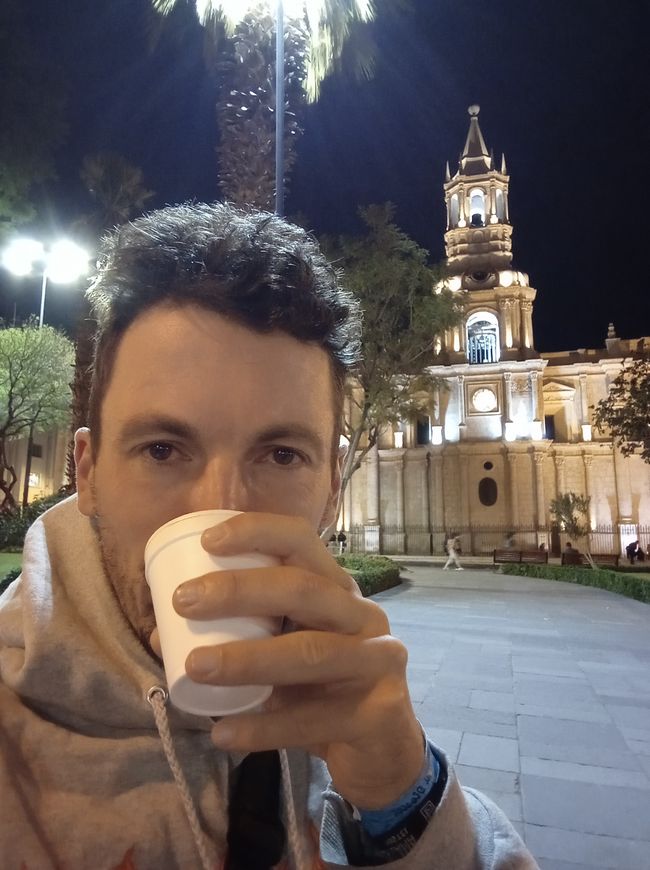The Way to Gernika (Camino del Norte 5)
ئېلان قىلىندى: 25.09.2024
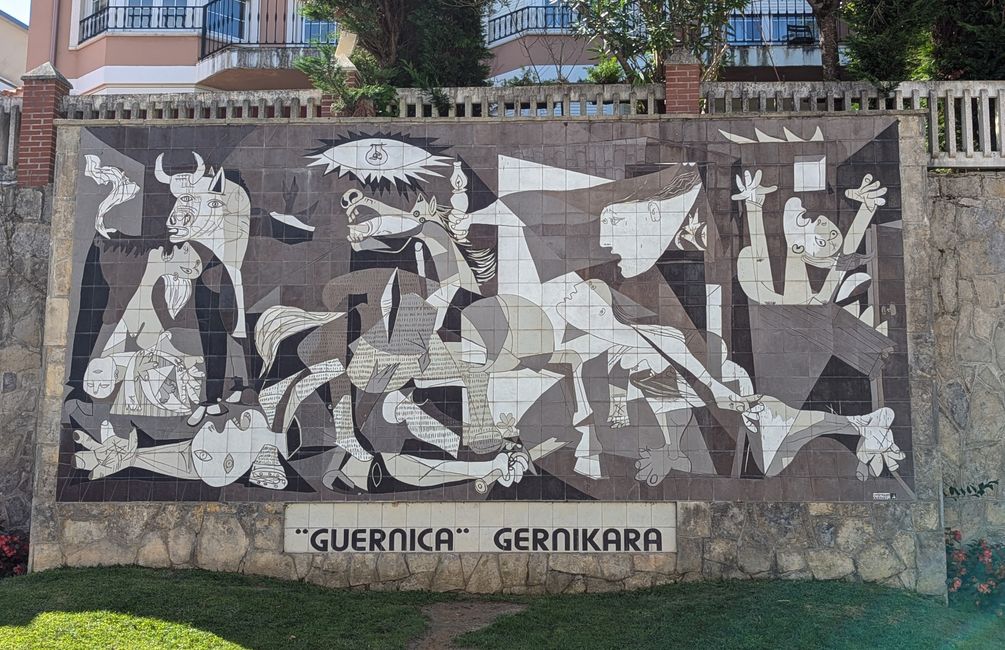
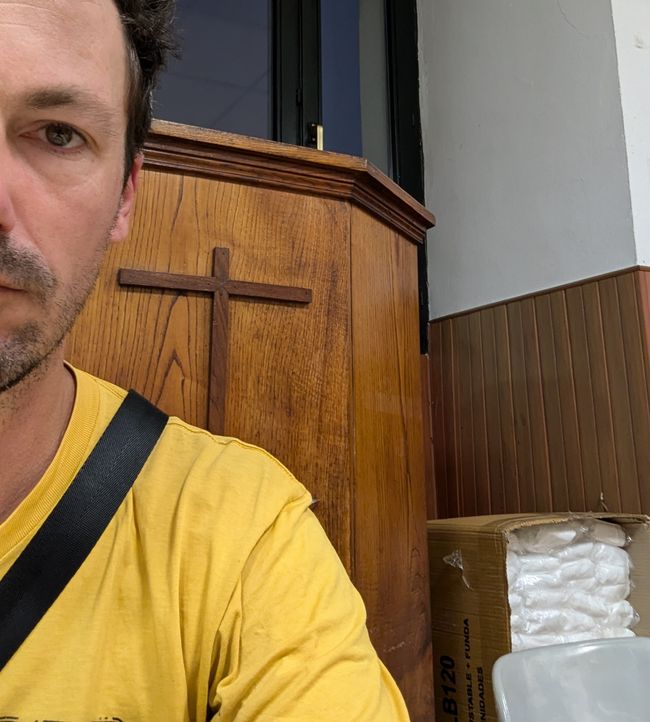
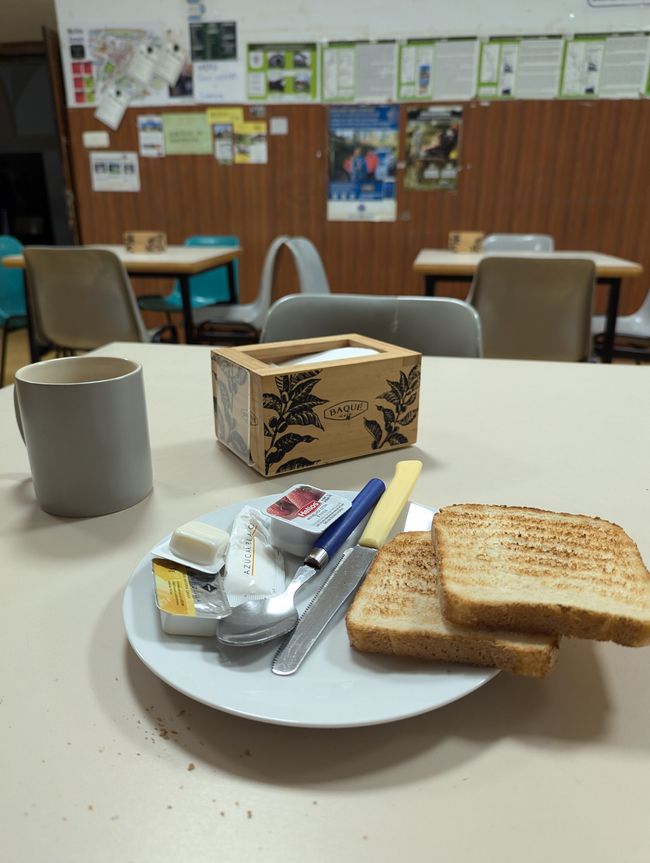
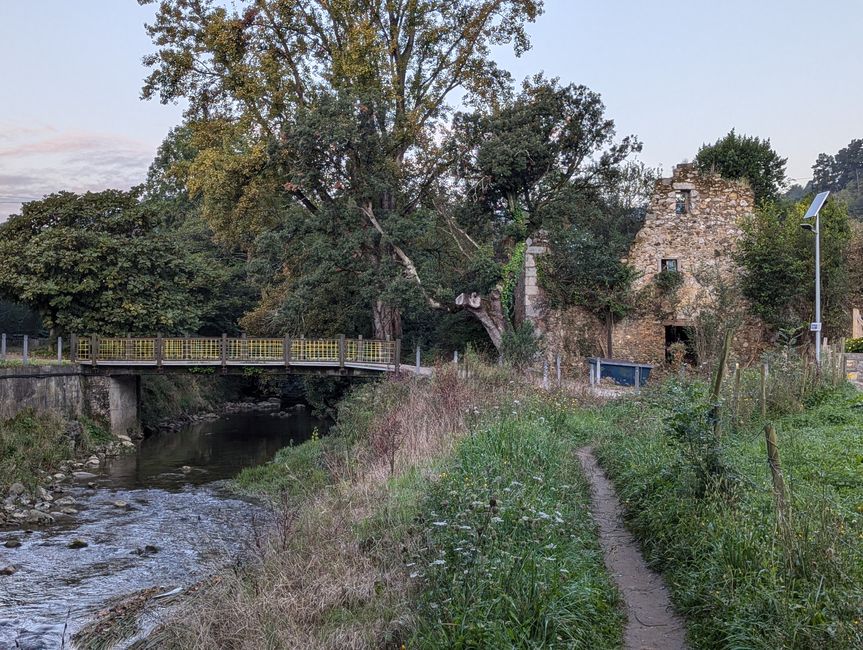
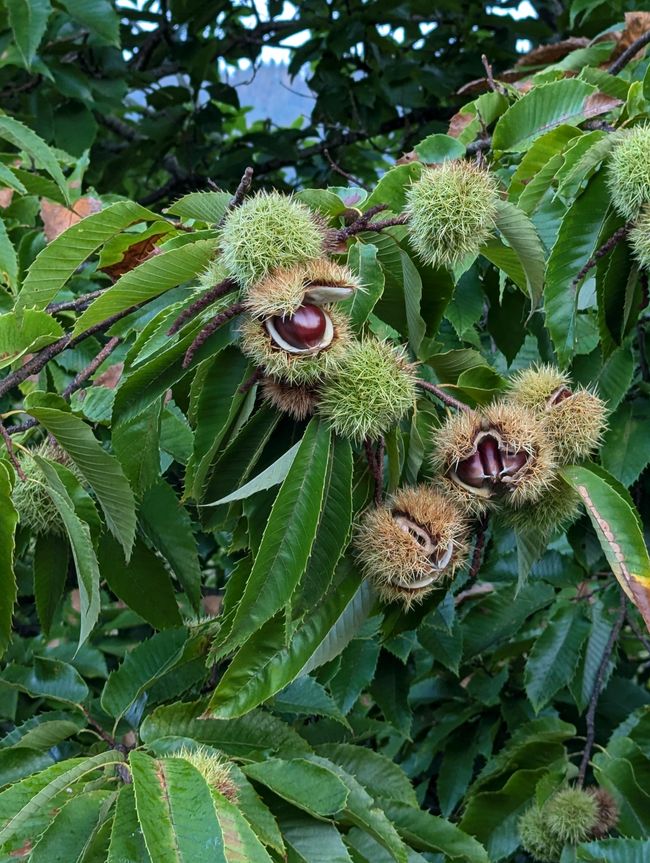
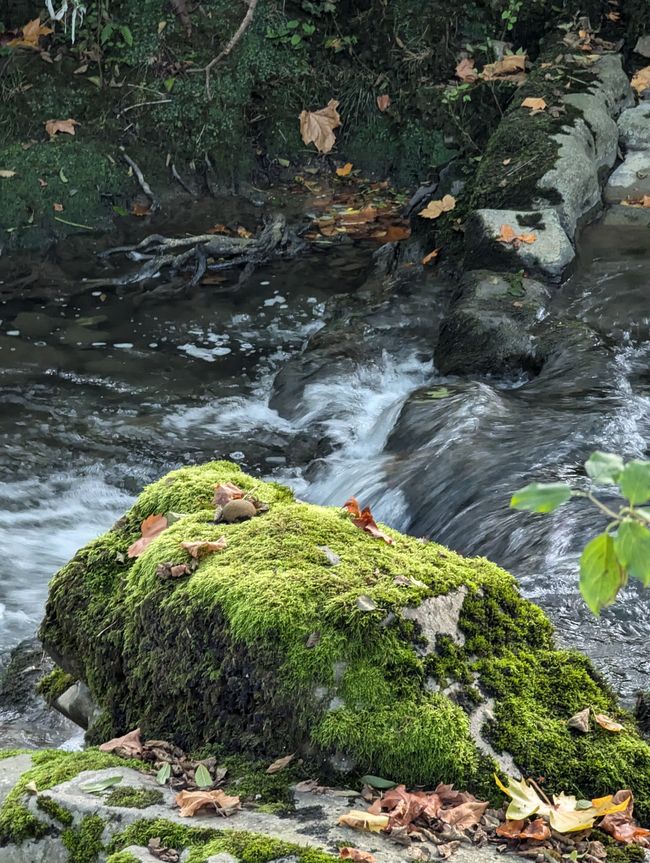
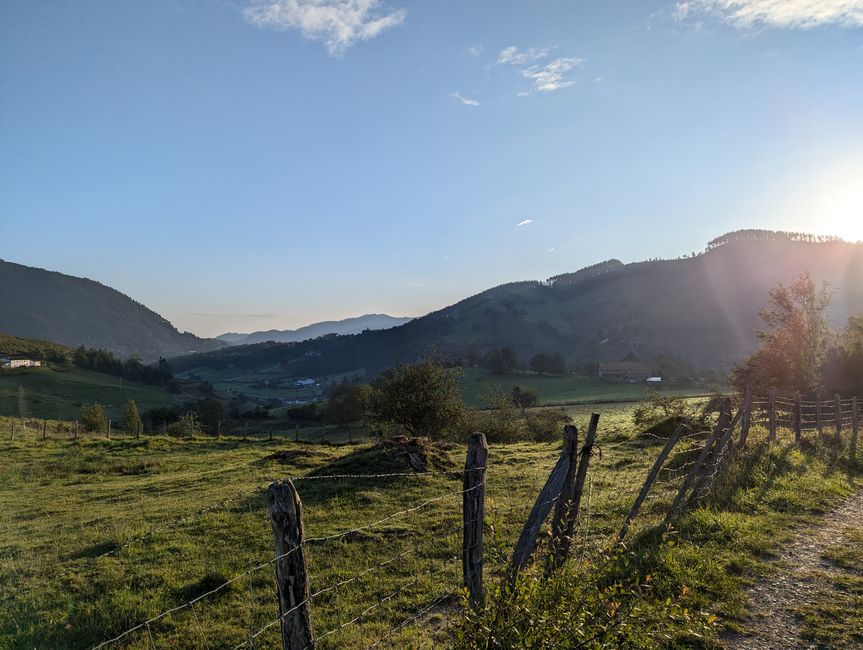
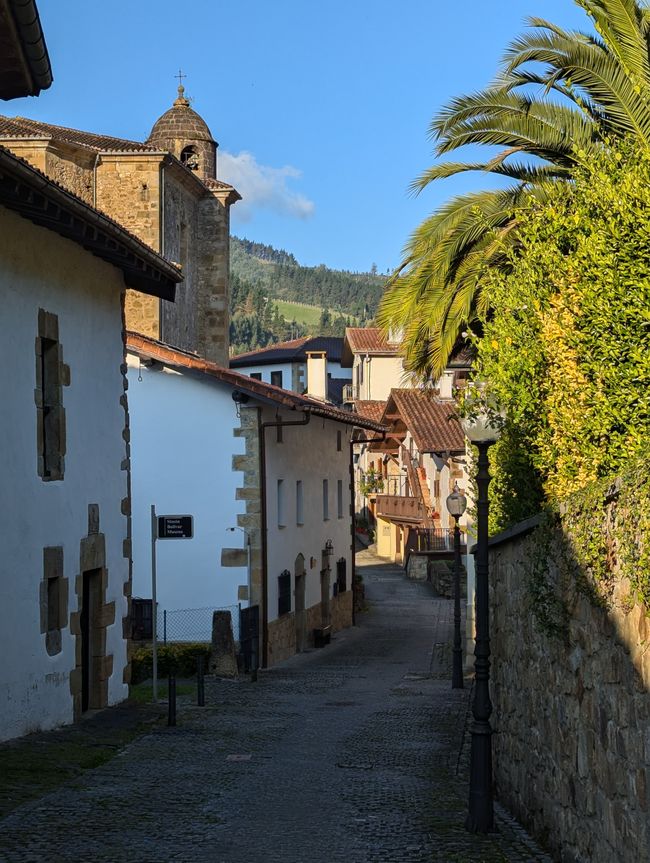
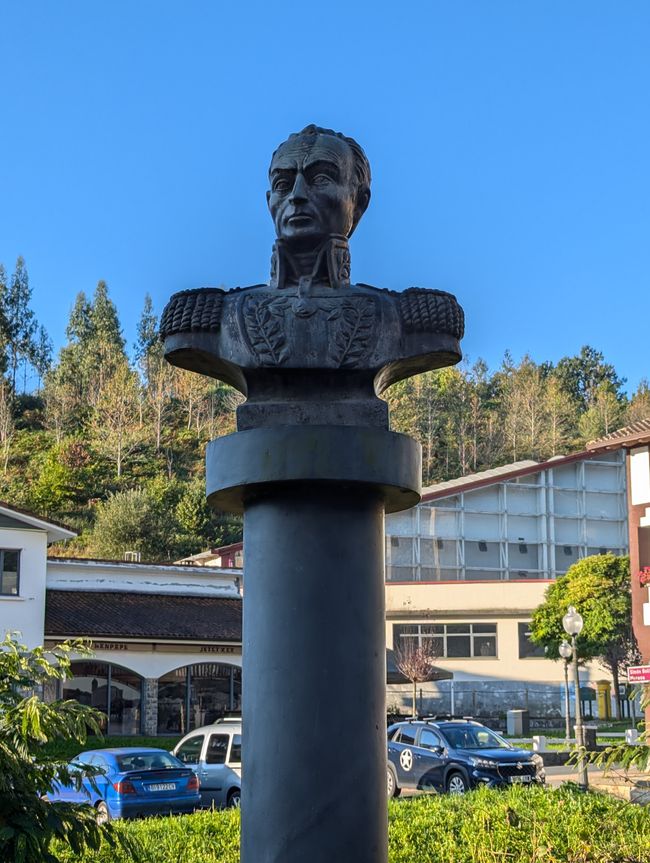
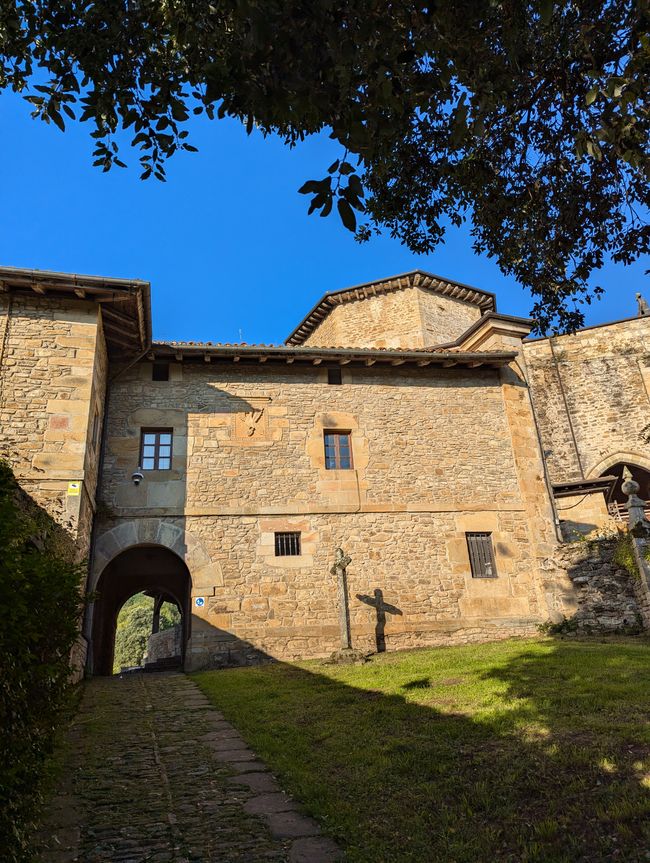
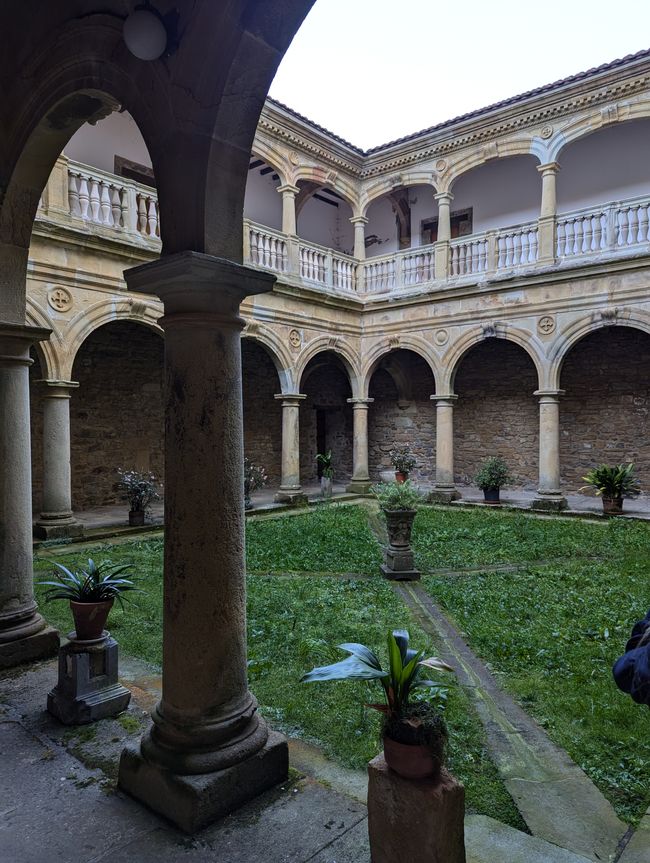
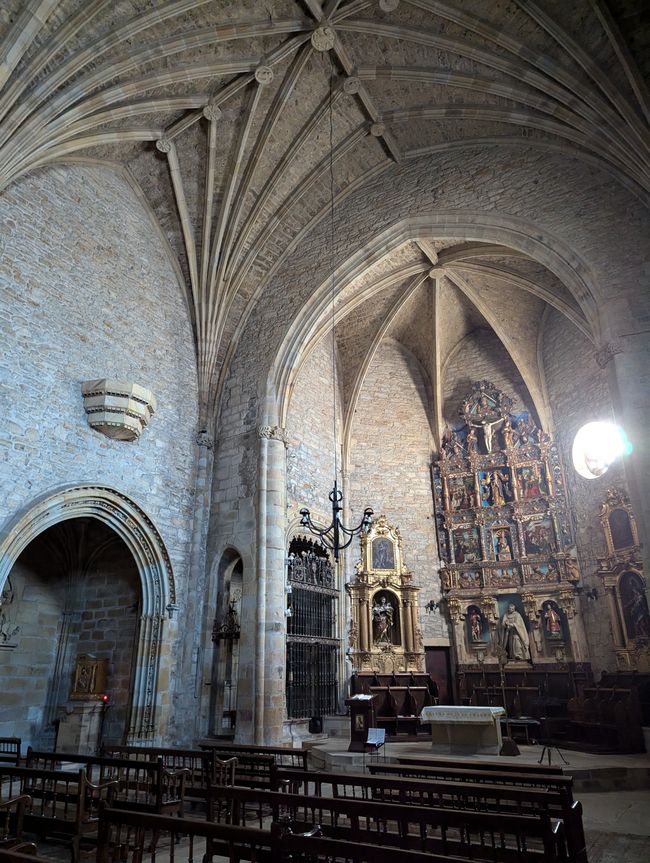
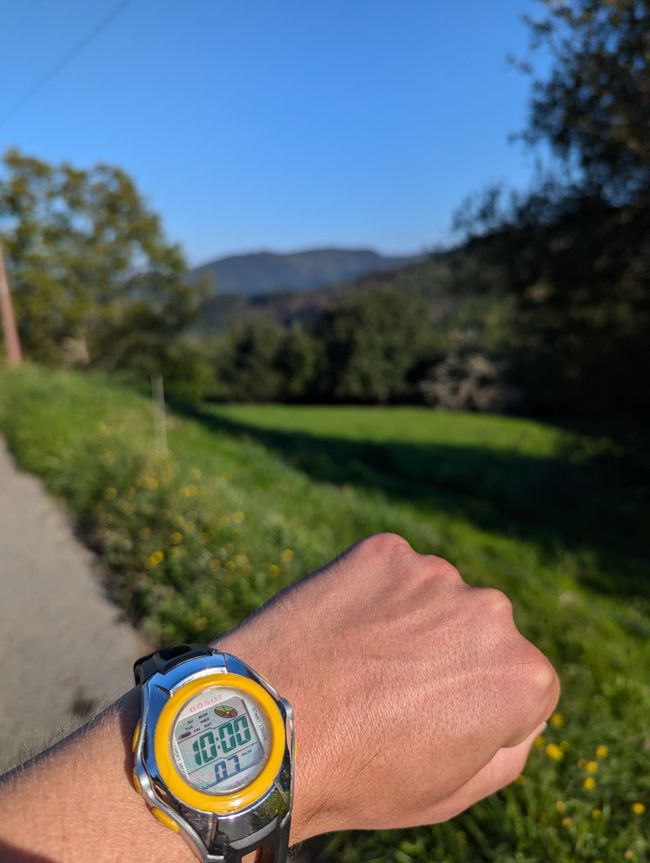
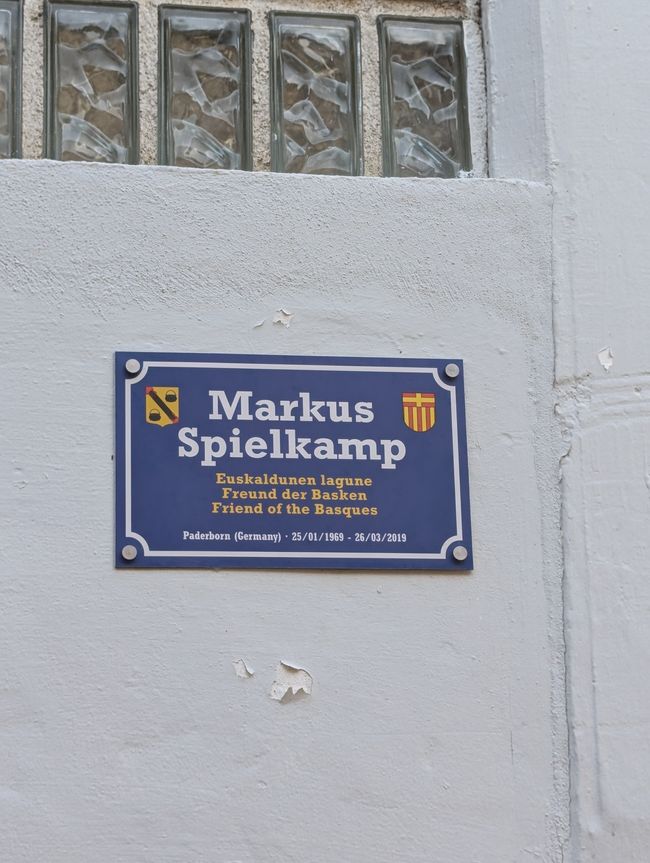
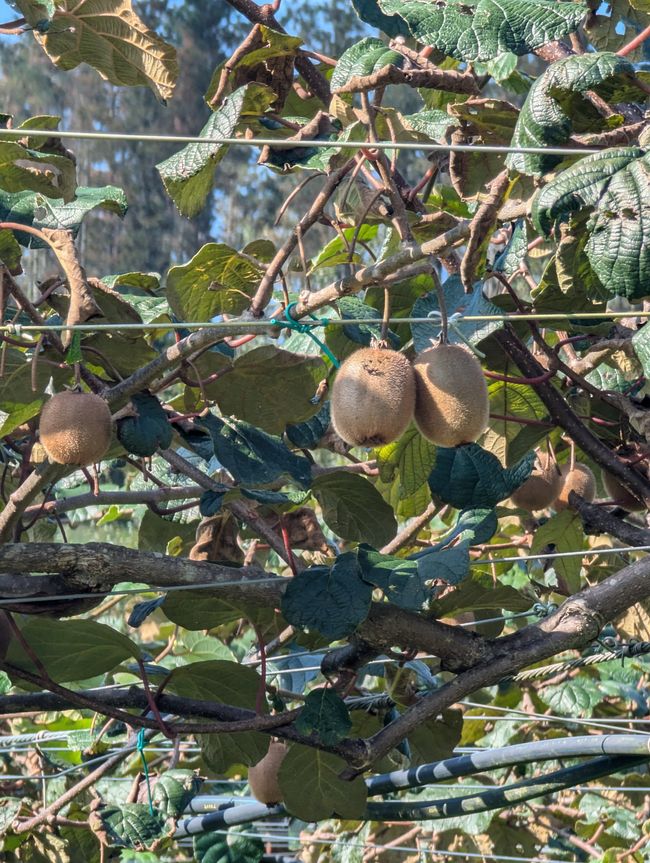
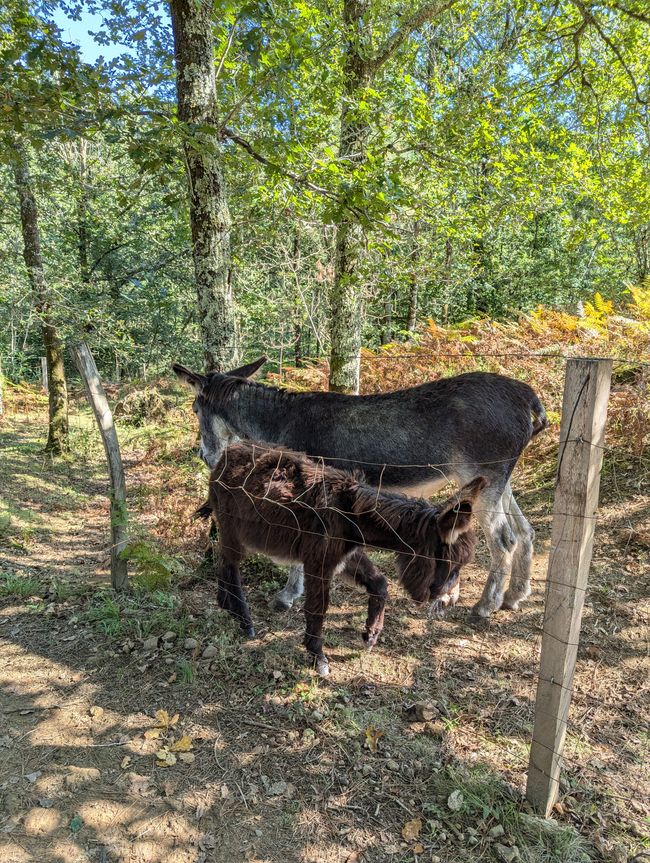

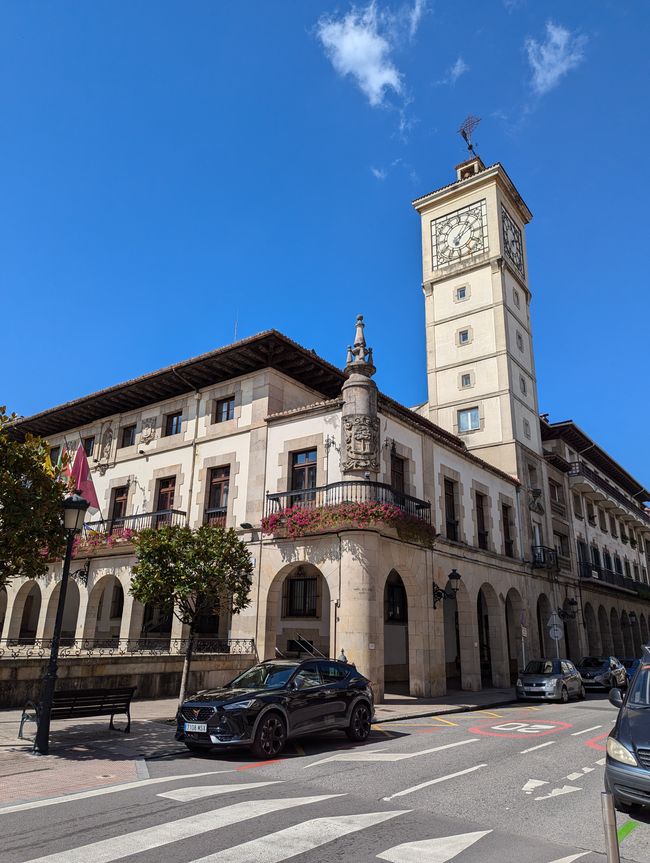

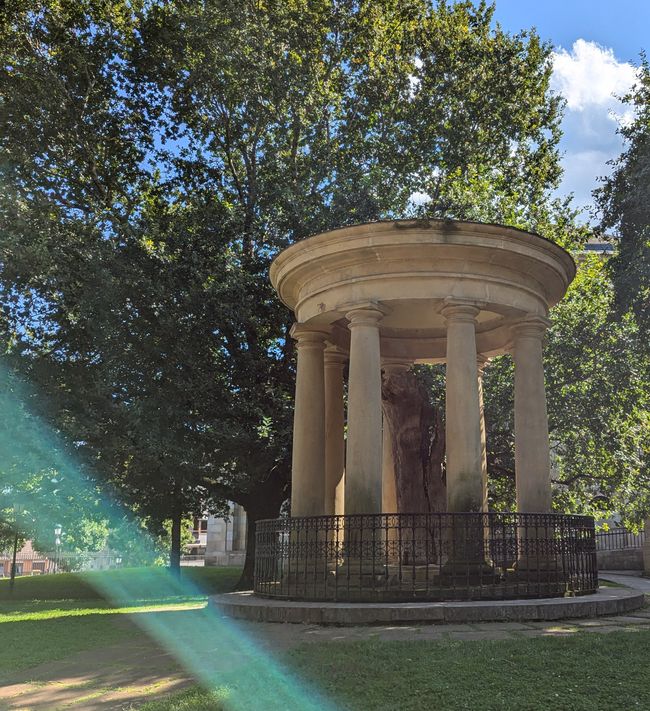
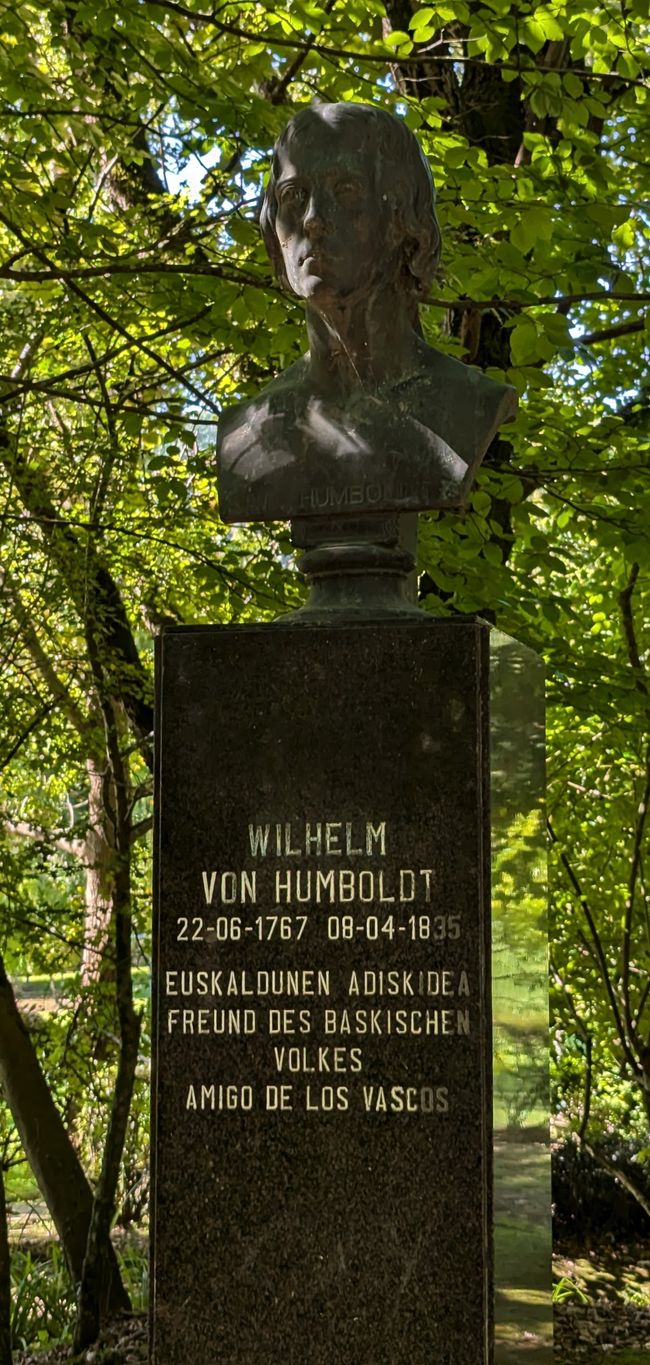
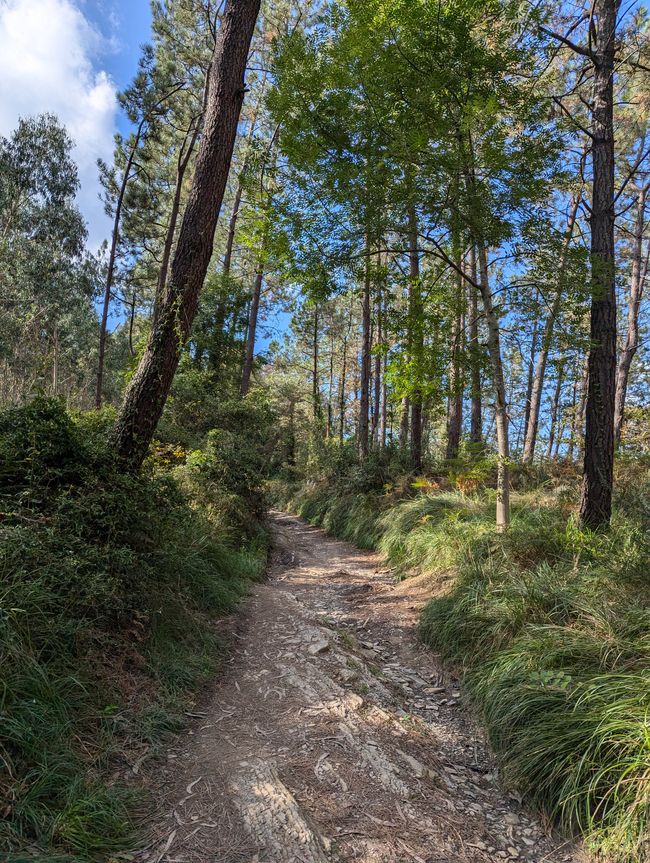
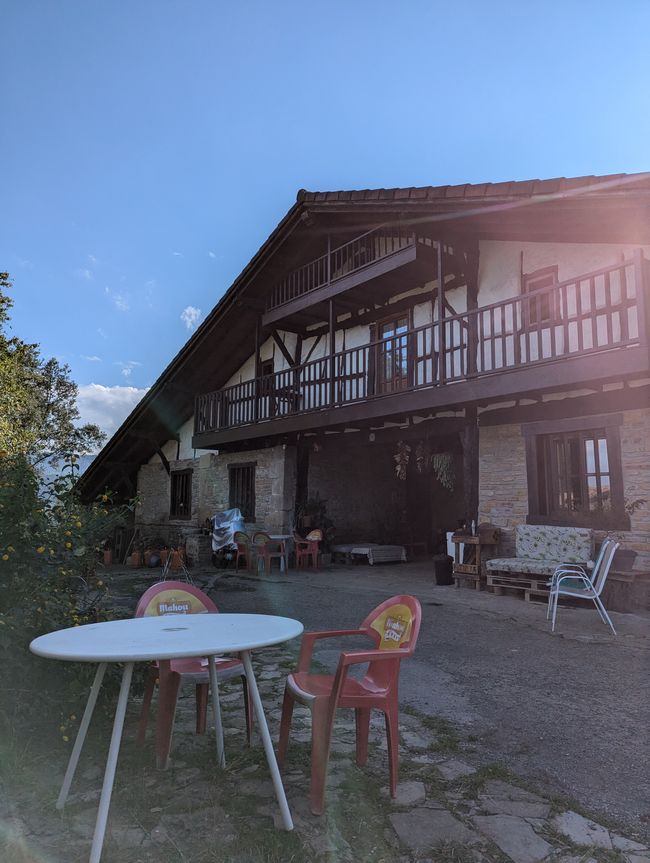
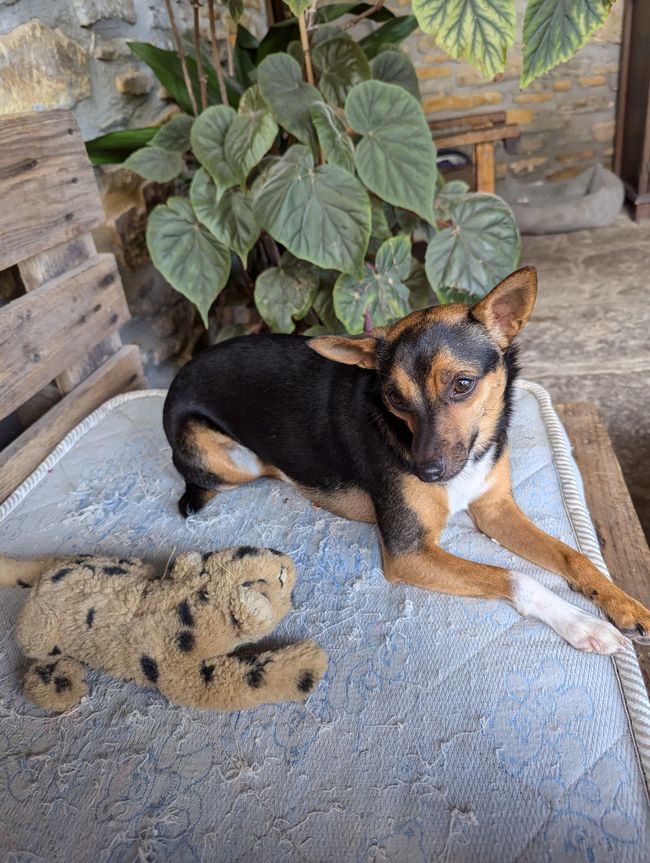
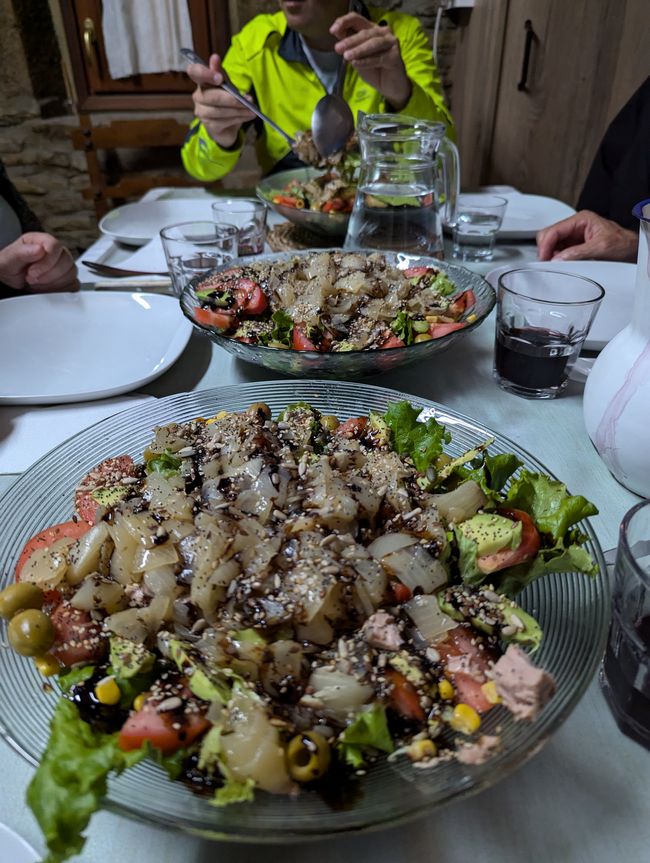
Visiting the town of Gernika was undoubtedly one of the highlights of this journey, unfortunately, the pilgrim hostel there was closed. Nevertheless, I had the opportunity to look around, albeit exhausted.
In the wind shadow of the significant historical events of the 1930s, a civil war unfolded in Spain after Franco's coup, setting new standards. On one hand, the endangered Republic mobilized international support from many countries. But at the same time, Hitler and Mussolini provided assistance to Franco that was in violation of international law.
The widespread bombing of the small town of Gernika was part of this. Here, in 1937, the German Air Force practiced bombing civilian targets with incendiary bombs and fighter planes. Labeled as a military operation, 85% of the town was reduced to rubble. However, the military targets, a munitions factory and the bridge, remained unharmed. (see Wikipedia)
Only in the 1990s did the Federal Republic take responsibility for this and apologize.
Through the enormous painting 'Guernica' by Pablo Picasso, which starkly and abstractly made the horrors of a burning city known worldwide, the town became a symbol.
After about 25 km, I reached Gernika in the afternoon. The afternoon sun was scorching, and due to the closed hostel, I decided to head for the next private accommodation along the way. Thus, I covered another 6 km, all uphill.
At 5 PM, I reached a farm in the mountains that served as a refuge for many hikers. Additional sleeping arrangements were provided in tents. In the evening, there was a communal dinner available - for an extra charge. I recognized most of the faces from the past days. Now I had the chance to talk with the enthusiastic ones, like the three sporty gentlemen from Barcelona, Conny from Seattle, an Italian family, Kim from Korea, Doris from Dortmund, Vanessa from Berlin, as well as Achim from Brandenburg and Patrick from Belgium.
At 10 PM, I disappeared into bed, as I had made a reservation and spared myself the hassle of moving into a tent.
In the wind shadow of the significant historical events of the 1930s, a civil war unfolded in Spain after Franco's coup, setting new standards. On one hand, the endangered Republic mobilized international support from many countries. But at the same time, Hitler and Mussolini provided assistance to Franco that was in violation of international law.
The widespread bombing of the small town of Gernika was part of this. Here, in 1937, the German Air Force practiced bombing civilian targets with incendiary bombs and fighter planes. Labeled as a military operation, 85% of the town was reduced to rubble. However, the military targets, a munitions factory and the bridge, remained unharmed. (see Wikipedia)
Only in the 1990s did the Federal Republic take responsibility for this and apologize.
Through the enormous painting 'Guernica' by Pablo Picasso, which starkly and abstractly made the horrors of a burning city known worldwide, the town became a symbol.
After about 25 km, I reached Gernika in the afternoon. The afternoon sun was scorching, and due to the closed hostel, I decided to head for the next private accommodation along the way. Thus, I covered another 6 km, all uphill.
At 5 PM, I reached a farm in the mountains that served as a refuge for many hikers. Additional sleeping arrangements were provided in tents. In the evening, there was a communal dinner available - for an extra charge. I recognized most of the faces from the past days. Now I had the chance to talk with the enthusiastic ones, like the three sporty gentlemen from Barcelona, Conny from Seattle, an Italian family, Kim from Korea, Doris from Dortmund, Vanessa from Berlin, as well as Achim from Brandenburg and Patrick from Belgium.
At 10 PM, I disappeared into bed, as I had made a reservation and spared myself the hassle of moving into a tent.
جاۋاب
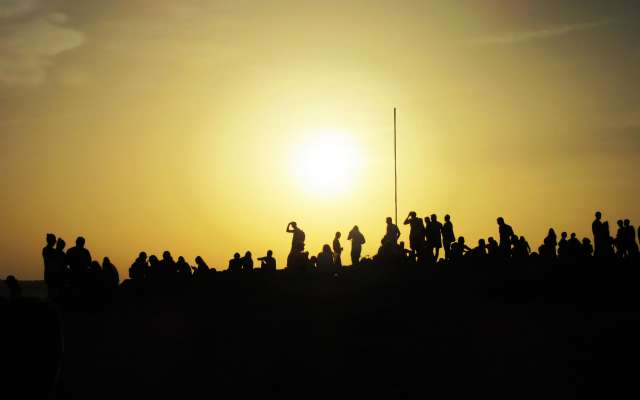
ساياھەت دوكلاتى ئىسپانىيە
